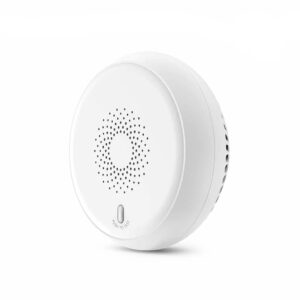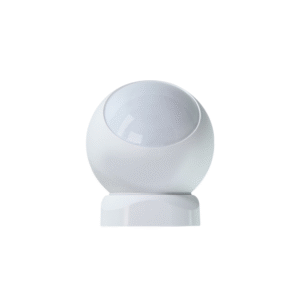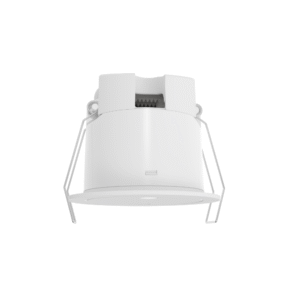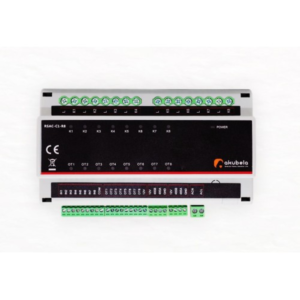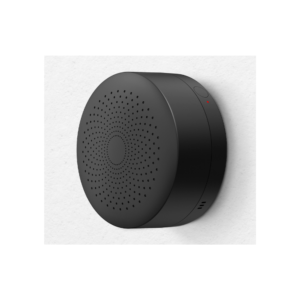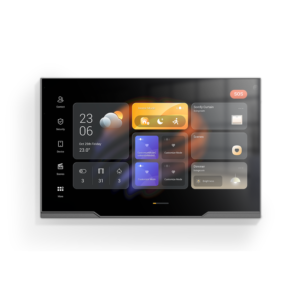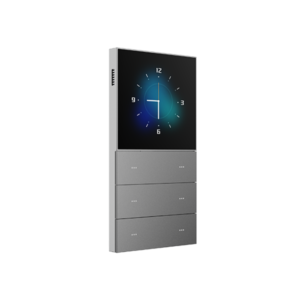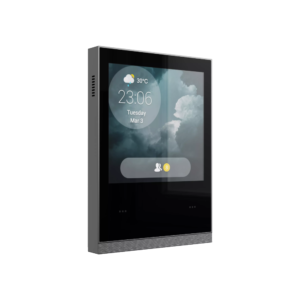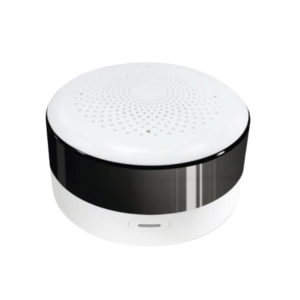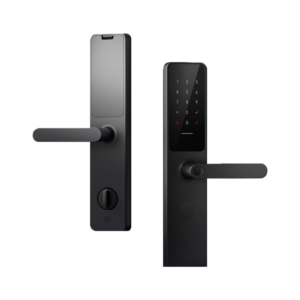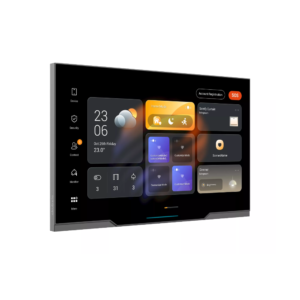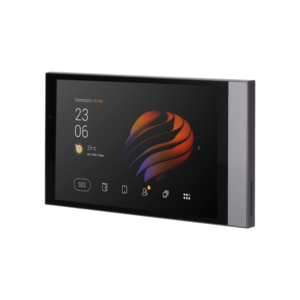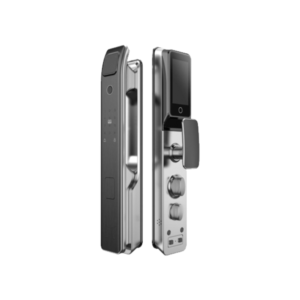Smart home automation is the use of technology to control and automate various functions within a home, typically through interconnected devices and the internet. This allows homeowners to manage elements like lighting, heating, security, and appliances remotely or automatically, enhancing convenience, energy efficiency, and security.
Here’s a more detailed explanation:
Key Features:
- Remote Control: Smart home devices can be controlled from anywhere using a smartphone, tablet, or voice assistant.
- Automation: Tasks can be programmed to execute automatically based on schedules or triggers, like turning on lights at sunset.
- Integration: Different systems (lighting, HVAC, security) can be integrated to work together, creating personalized scenes or routines.
- Connectivity: Devices connect to the internet, enabling remote monitoring and control.
- Convenience: Streamlining daily tasks and saving time and effort.
- Security: Enhanced security features like smart locks, cameras, and alarms.
- Energy Efficiency: Smart thermostats and other devices can optimize energy consumption.
Examples:
- Using a voice assistant to turn off the lights or adjust the thermostat.
- Programming a smart lock to unlock automatically when you arrive home.
- Setting up a smart thermostat to learn your habits and adjust the temperature accordingly.
- Using a smart camera to monitor your home remotely.
- Creating a “good night” scene that dims the lights, sets the thermostat, and locks the doors.
Benefits:
- Convenience: Controlling home functions remotely from anywhere.
- Energy Efficiency: Optimizing energy use and potentially reducing bills.
- Enhanced Security: Providing peace of mind through remote monitoring and security features.
- Accessibility: Making daily tasks easier for people with disabilities.
- Customization: Tailoring home automation to individual preferences and needs.


